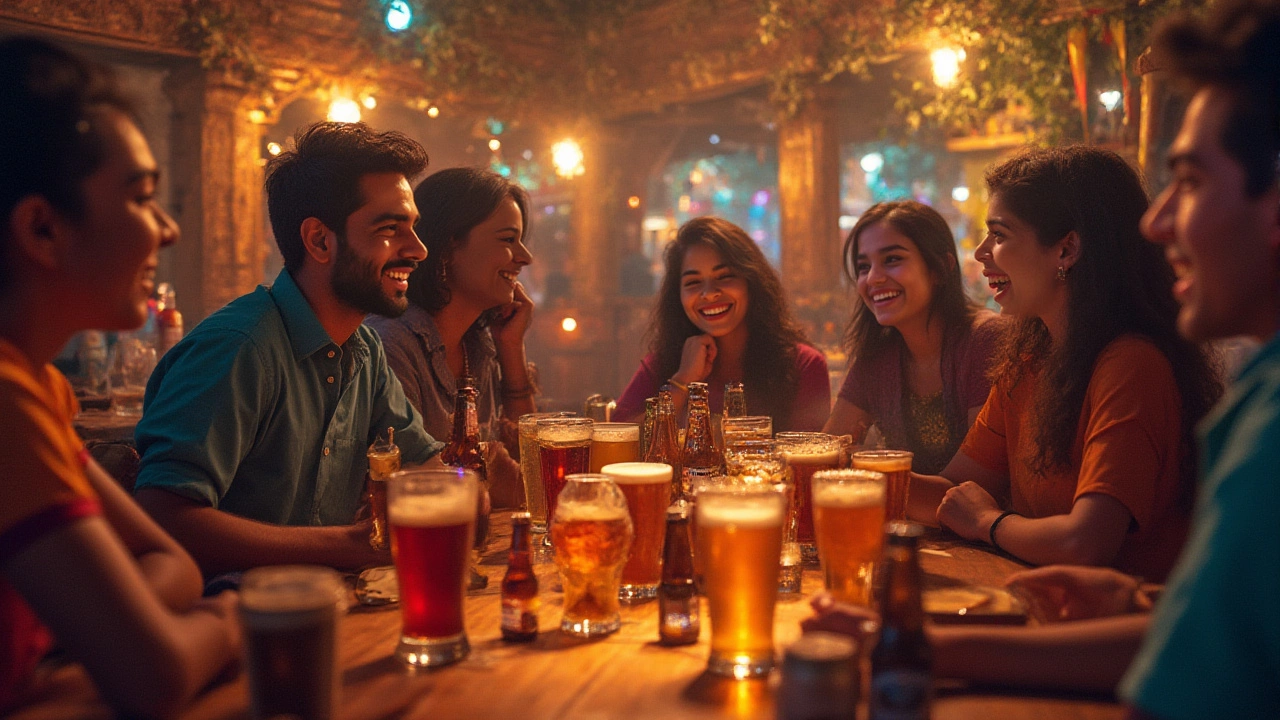
There’s that moment in the pub when you realise—after just a pint or two of a bold new IPA—you’re already feeling way more tipsy than you’d expect. Sure, you’ve had regular lagers before. But craft beer? It just hits differently. Ever wondered why that is? Turns out, the answer’s a brew of clever chemistry, curiosity, and maybe a bit of sneaky branding magic. If you’ve ever found yourself shocked at how quickly a craft beer can turn a quiet catch-up into raucous laughter, you’re far from alone.
Maybe you blame it on your empty stomach, blaming the nachos that never arrived. Or, maybe you convince yourself that it’s just the hops talking. But there’s more science going on here than most pub chats give credit for. From skyrocketing ABVs to yeast strains and pour sizes that are sneakily larger than your average can of lager, every variable in that robust glass packs more than just flavour. Welcome to the wide-eyed world where microbrews go macro on your system, and where being ‘buzzed’ arrives sooner than you’d planned.
The Alcohol Truth: What’s Actually in Your Craft Beer?
So, here’s the shocker: the main reason you feel the effect of craft beer faster is just straightforward maths. Most lagers and mass-produced beers you see in the supermarket in Scotland hover around the 4% ABV mark. That’s ‘Alcohol By Volume’—basically, how much of your pint is pure alcohol. Now compare that with your average craft IPA or imperial stout, which often lands in the 5.5 to 8% range, or even doubles that for some special releases. That doesn’t sound huge until you crunch the numbers. Order a pint (568ml) of something at 8%, and you’ve just signed up for double the alcohol of your trusty 4% lager. Best example? Edinburgh’s own Pilot brewery did a limited oatmeal stout at 8.5%, which at a festival, left seasoned ‘beer nerds’ quite surprised (and unsteady!).
Need a visual? Here’s a comparison of common beer types by ABV in Scotland:
| Beer Type | Typical ABV (%) |
|---|---|
| Mass Market Lager | 3.8 – 4.5 |
| Cask Bitter | 3.5 – 4.5 |
| Craft Pale Ale | 5.0 – 5.9 |
| Craft IPA | 6.0 – 8.0 |
| Porter/Stout (Craft) | 5.5 – 12.0 |
| Barrel-Aged Craft Beer | 10.0 – 15.0 |
This alone means you’re getting more bang for your buck when it comes to craft beers—even if you don’t want it! And here’s where it gets sneaky: a ‘half pint’ of a 12% imperial stout contains almost as much alcohol as a full pint and a half of your average 4% lager. So even if you’re drinking slower (because, let’s face it, sipping a barrel-aged beast isn’t like gulping down a mass-market pilsner), your bloodstream’s catching up faster than you notice.
But booze percentage isn’t the only player here. It’s also about how craft beer is made. Many craft beers use more malt, which means extra sugar for yeast to turn into alcohol during fermentation. The result? Not just a richer flavour but a thicker beverage that tends to sit heavier in your stomach—slowing you down, sure, but also giving your liver that much more work to do. And those snazzy glass types, like goblets and tulips, often fit more than a standard pub pint. So don’t let that fancy glassware fool you—it’s not always less than you’d expect.
There’s another hidden culprit too: residual sugars. Many craft brews leave some behind for taste. But sweet drinks go down easier—and faster. Your body can’t always keep up with how smooth it tastes, so you drink more before realising it’s kicked in. A 2023 study out of Glasgow University found that people drinking sweetened craft beer rated themselves as ‘less drunk’ than those on regular lagers—even though their blood alcohol levels shot up by a third more.
If you’ve ever tried a strong, hazy New England IPA, they’re sometimes so juicy and aromatic it’s easy to forget they’re packing 7 or 8%. This easy drinking nature lulls people into a false sense of security. Most of us just aren’t programmed to slow down with these pints in hand—especially when brewery events crank up the atmosphere, offering paddles of tasters that add up fast.
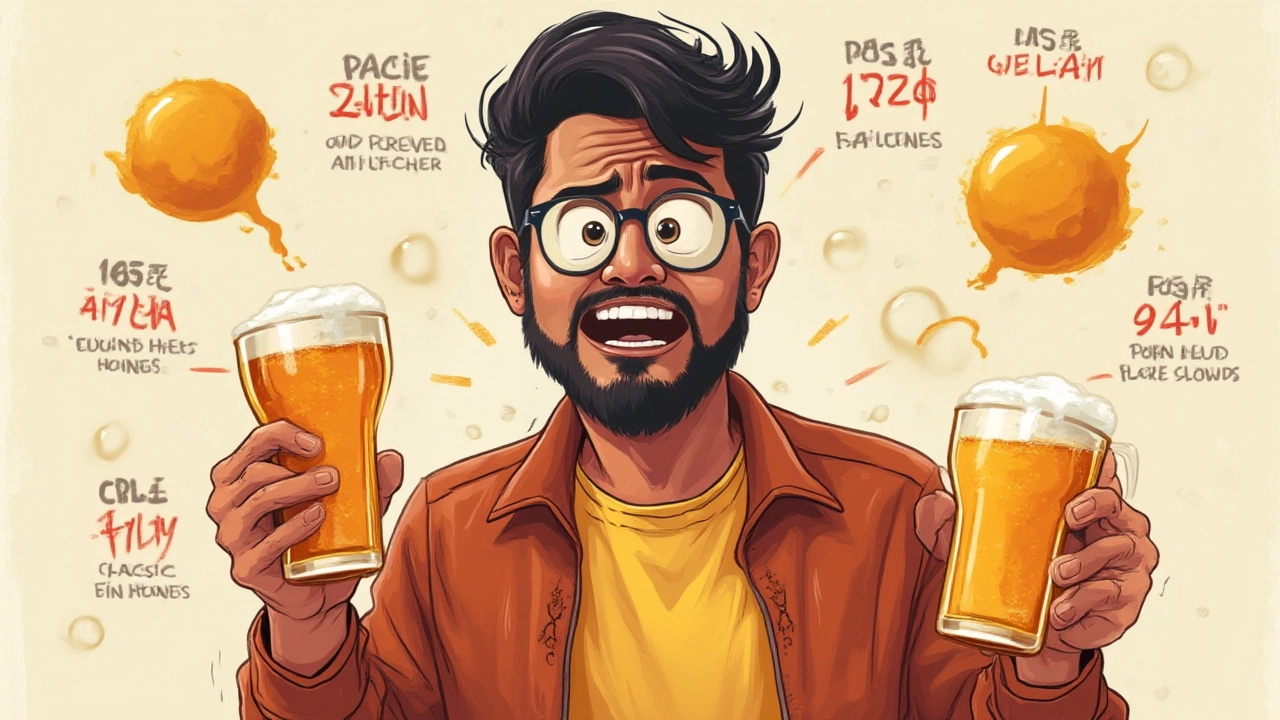
Why the ‘Craft Factor’ Changes How Alcohol Hits You
It’s not just about strength; it’s all about what’s around the booze that changes the way craft beer lands in your body. Let’s talk brew ingredients and methods. Lots of craft beers are unfiltered and bottle conditioned, which means there’s still live yeast in your glass. That affects how you process the drink, sometimes making the alcohol’s effects come on a little differently compared to clear, filtered mainstream ales.
Take hops, for example. The big, bold, fruity or resinous hop varieties in craft beer can make those alcohol fumes taste less punchy. Picture a double dry-hopped DIPA versus a budget lager: the DIPA’s bitterness and citrus notes distract your palate, masking the burn of alcohol. You drink it faster—almost subconsciously—because it doesn’t taste ‘hot’. Meanwhile, the malt backbone in hefty porters and stouts smooths out the high ABV, letting you sip what’s basically a boozy pudding. Pair that with a dessert, and you’ve practically signed up for a rocket ride.
And carbonation? It really makes a difference. Craft beers are often more carbonated, so the bubbles help push alcohol into your bloodstream faster. A 2022 study in The Journal of Food Science found that beer with higher carbonation led to a 21% faster absorption of alcohol, compared to flat ales. A fizzy, boozy craft beer gets to work quicker in your gut—that’s not just pub legend, it’s actual digestion at play.
Now, here’s something the big breweries like to sweep under the marketing rug: serving sizes. Those eye-catching cans you snag from your local bottle shop? Often 440ml, not the classic 330ml bottle, so you’re pouring more than you think. Or you get a draft pour in a goblet—intended for 375ml—but the bartender tops it to 500ml. This matters. Most drinkers pour and sip based on habit, not maths. When you’re handed a bigger glass, you’re consuming more, even without meaning to.
One more bit experts talk about is something called ‘congeners’—these are chemical byproducts of fermentation. Craft beers, especially darker styles, have more of them because of richer malt and different yeast. They don’t just drive flavour: some studies suggest they might intensify hangovers or make you feel tipsier in certain styles. It’s not just alcohol alone that leaves you hugging the sofa the next morning. Just because a smooth, vanilla-infused pastry stout is irresistibly tasty, downing two is often more like four by the numbers, with next-day consequences baked in.
Time of day, your metabolism, what you’ve eaten (or haven’t), and how quickly you down a drink all matter, too. But at the heart of it, the ‘craft factor’ means there are more variables in play than your standard pub pint. The real twist? Many of these beers have a complexity that encourages sipping—great for mindful drinking if you remember—but when the company’s lively and the music’s up, who’s minding the clock?
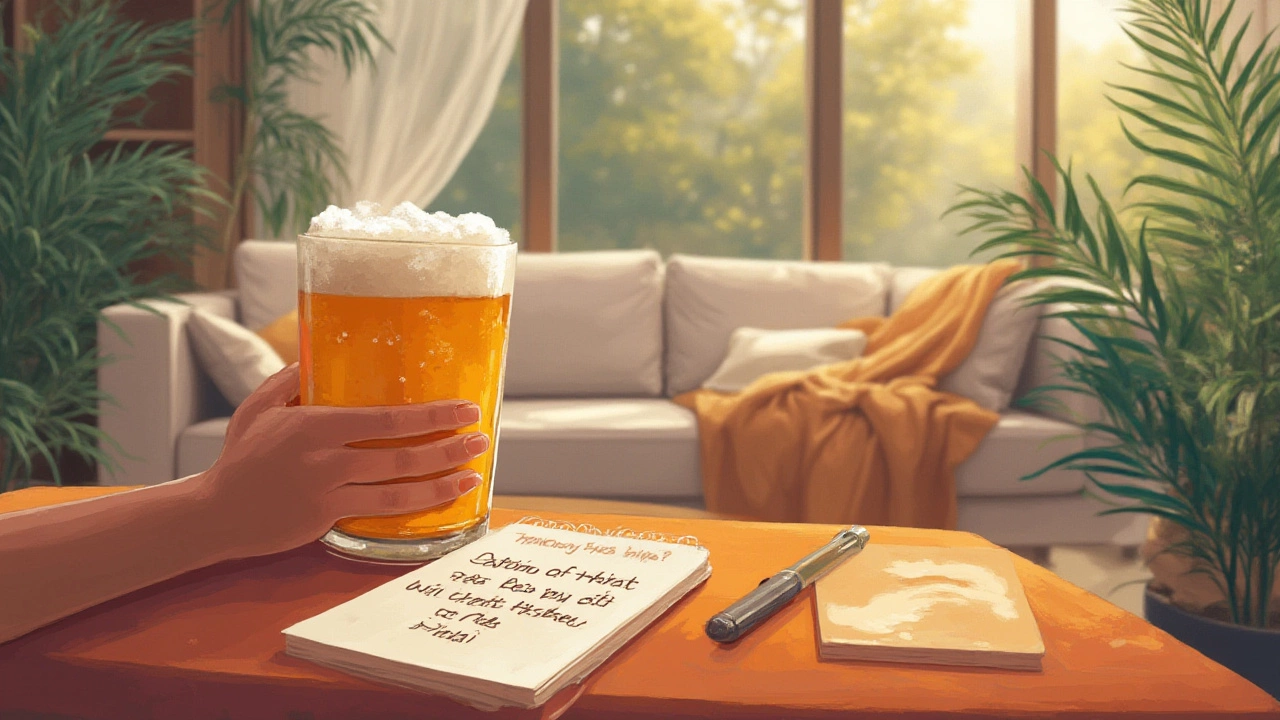
Drink Smart: Tips for Enjoying Craft Beer Without Overdoing It
So, how do you actually enjoy these fantastic brews without getting more than you bargained for? It’s really about targeted awareness. First, read the label. Don’t just admire the art—check the ABV. If you’re used to drinking regular lager, any craft beer above 5.5% really deserves respect. Knock back three 8% NEIPAs and you’re way above the safe driving limit, even if you feel fine.
If you’re out with friends, alternate a pint of water for every alcoholic drink. It works wonders, but almost nobody does it in the heat of the moment. Apps like Drinkaware or MyDrinkControl let you track units easily. It’s not just about being careful—it often makes the session last longer, so you taste more, and keep the fun rolling without the spin.
Here’s a quirky Scottish tip: eat salty snacks with your beer. Salt slows absorption and, odd as it sounds, helps you moderate your drinking pace. Fancy cheese boards and artisanal crisps aren’t just pretentious—they’re practical. This isn’t just pub folklore, either—a Stirling University project in 2020 actually tested food pairings with local craft ales, finding that drinkers who snacked on high-protein nibbles drank 17% slower and rated themselves less drunk on surveys, even at the same BAC.
Stick to taster flights when exploring stronger beers. If your venue offers them, choose three or four smaller pours instead of full pints. Enjoy the flavour variety, but do the maths: remember, four samples of an 8% stout is as much as one and a half pints at regular strength. “Session beers” exist for a reason—these are crafted to sit under 4.5% ABV but pack plenty of character. They’re a solid bet if you want to keep flavour up and drunkenness down.
Watch the glass size and pour. Some places in Edinburgh already serve heavy beers in small snifters (125–175ml), and that’s for your own good. At home, use proper glassware for strong bottles—don’t dump a big imperial stout into a pint glass and wonder how things got fuzzy so fast. And don’t be afraid to ask your bartender about strengths; good bars want their customers upright and happy, not carried out before the main gig.
Ultimately, drinking craft beer is about enjoying the wild range of what brewers can do. Edinburgh’s beer scene alone proves you don’t have to chase high percentages for big flavours. Next time you’re at a tasting event, keep count, savour each sip, and look after your mates. Y’know, we’ve all seen the faces of remorse after ‘just a flight’ of 10% sours. Go steady, and you’ll keep the buzz—and the stories—growing, rather than foggy regrets.
If you want more guidance, here’s a quick table of tips to keep things on the right track:
| Tip | Why It Helps |
|---|---|
| Check ABV before ordering | Avoids accidental overconsumption |
| Alternate with water | Slows absorption, reduces hangover |
| Eat salty/protein-rich snacks | Moderates speed of drinking, protects your stomach |
| Try taster flights, not pints | Enjoys variety, limits alcohol per session |
| Know your serving size | Prevents surprises with glassware and cans |
Next Friday, when that new microbrewery round the corner is launching their triple-hopped monster IPA, remember: craft beer can be magic, but it’s stronger than it looks. Drink like you’re out to enjoy it, not to lose the night to blurry memory and regret. There’s way more to taste if you pace yourself, trust me.
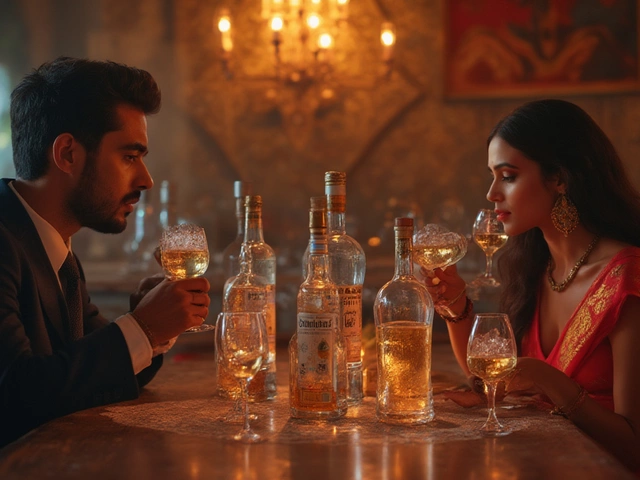

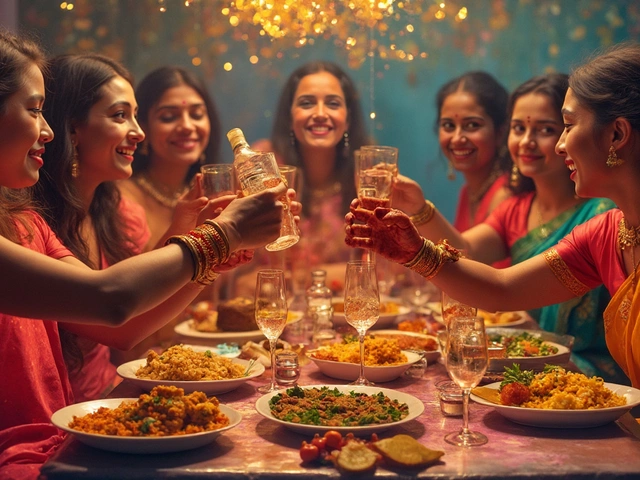
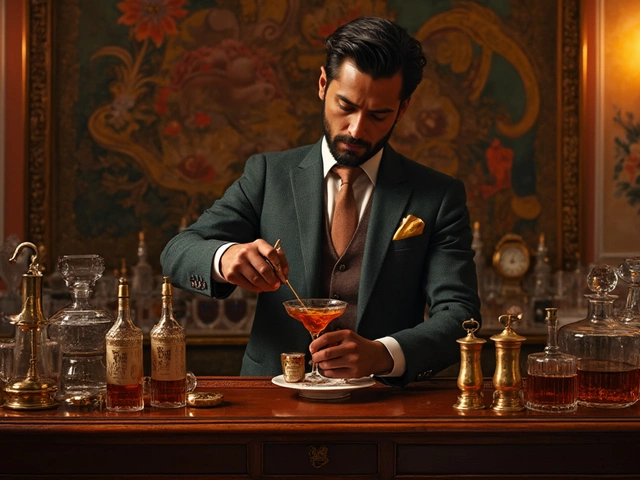
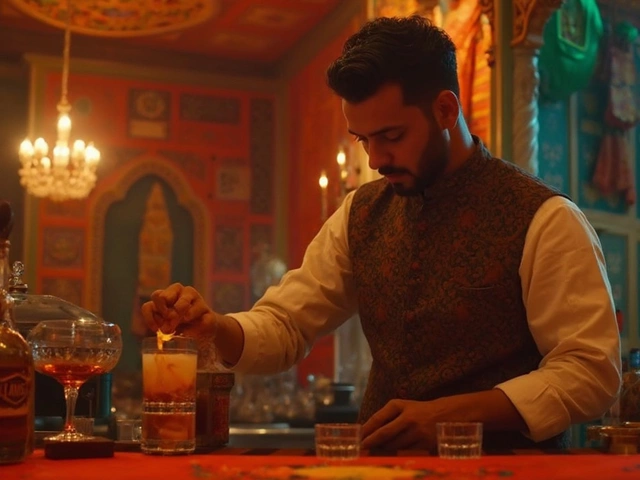
Categories